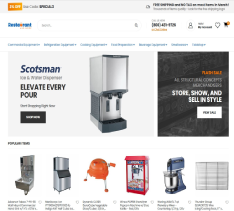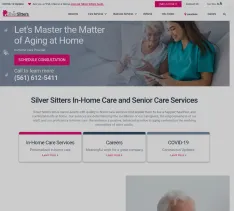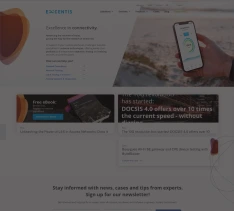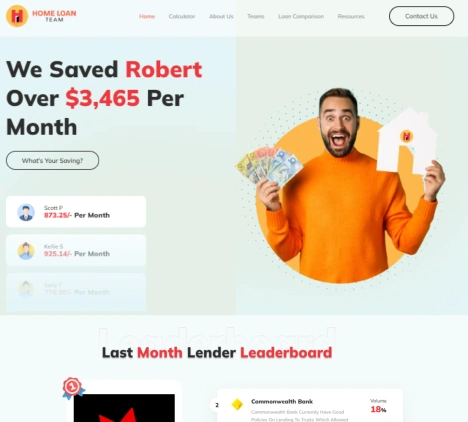Every 1$ invested in UX/UI brings 100 in return. This is not a mere belief but a reality in today’s world. There were days when having a website with basic information and design was enough for businesses to promote and sell their services. But today, your website’s functionality and design are everything.
Generic template-based websites are less likely to attract users, and businesses relying on them often strive hard to make profits. This is because today’s customers love to buy from websites where they can quickly and easily find their desired products or information.
This is why custom web development is in huge demand from businesses nowadays.
However, custom web development can be impactful only when paired with UX/UI design. You might be wondering how. In this blog, we’ll explore the role of UX/UI design in custom web development.
Understanding UX/UI in Custom Web Development
Before we take deeper insights into the importance of UX/UI in custom web development, it becomes essential to understand what exactly UX/UI is. Although both UX and UI are mainly used together and interconnected, they are entirely different from each other. Here’s how both of them are distinct from each other.
UX (User Experience)
UX focuses on the experience users get while navigating and interacting with your website to accomplish their desired goals, whether signing up for a particular service or making a purchase. Often, it is believed that visually attractive websites deliver smooth experiences to users.
However, this is the biggest misconception. Although a website’s visual appearance matters, it won’t hold attention for long if users feel confused and lost while navigating. This is what user experience is all about. From delivering smooth navigation to offering consistent experiences on all devices, a good UX ensures satisfactory user journeys.
UI (User Interface Design)
The user interface is related to the overall look and feel of the website. It usually focuses on properly arranging the website’s visual elements, such as buttons, fonts, colours, and images.
The primary aim of user interface design is to deliver visually clear and engaging experiences. A well-designed interface easily grabs user attention and builds trust, which eventually retains users.
Simply put, you can consider the UX a floor plan for your new house, which will define how rooms connect and how you will easily navigate from your living room to the kitchen. While UI can be considered to be the interior design of your house, that is, paint colour, proper furniture arrangement, and decor.
Just as proper floor plans and interior design are essential for having a pleasing and comfortable space, the blend of UX and UI is necessary for a website to drive user engagement and better conversions. In the next section, we will have a detailed breakdown of how UX/UI play significant roles in making custom web development successful.
How UX/UI Design Drives Success for Custom Web Development
UX/UI might seem to be a small development process for your website. However, it holds the power to bring enormous success to your business. So, here’s how a good UX/UI plays a massive role in making your website unique and successful.
Increases Conversions and Engagement
In today’s fast-paced world, no user can afford to spend hours scrolling a website to find their desired products or information.
Complex navigation and longer search times will frustrate users and ultimately cause them to leave your website forever. However, a website with an intuitive design and interface will allow users to quickly find what they are looking for, complete the desired action, and leave the website satisfied. User satisfaction is the key to retaining users for the long run.
Home Loan Team, a prominent mortgage broker group specializing in home finance, strived to engage customers and help them make informed decisions. This was because of their cluttered and hard-to-navigate interface design. Users found it challenging to view and navigate different lender options and make a suitable choice, which resulted in low engagement and fewer conversions.
Our UX/UI team simplified the navigation by organizing lender options in a structured way and improving the navigation speed. This eventually made decision-making easier for Home Loan Team’s users. Moreover, the intuitive user interface helped the Home Loan Team engage and retain users.
Builds Brand Trust and Credibility
Website design is not just about having aesthetically pleasing visuals and attracting users. It can become your powerful weapon for building brand trust and credibility. Your website will actually represent your brand. And the interface design will reflect your brand’s commitment to quality.
So, a cluttered interface with inconsistent visuals and poor functionality will build negative impressions in users’ minds, making them reluctant to engage with your brand and perform a desired action.
But if your website is adorned with consistent visuals, mobile-optimized design, and intuitive navigation, the users will feel satisfied and take the desired action without any second thought. So, a custom web application with a user-friendly interface and design will allow visitors to feel confident about your brand.
Boosts Search Engine Rankings
Today, humans are Google-driven. From finding the best restaurants to online shopping, Google has become an integral part of our daily activities. That’s why businesses from diverse industries are following SEO best practices to top the Google search results. But every SEO effort can go in vain if your website lacks a proper, user-friendly interface and design.
And this shows the deep-rooted connection between SEO and UX/UI. A cluttered content structure, poor loading speed, and navigation can easily frustrate users and divert them to your competitor’s well-designed websites.
Today, SEO is no longer about keywords but about how users enjoy using your website. The more intuitive your website feels, the longer the users will stay. High user engagement will eventually allow Google to rank your website higher.
The Key UX/UI Elements to Drive Custom Web Development Success
Now that you have understood how a good UX/UI plays a crucial role in a website’s success, it’s time to know the key elements of UX/UI that can help you drive success.
User Journey Mapping
Imagine yourself visiting a website to book a cab service. However, you do not know where to click next to book the cab. You will try navigating to several website pages to find your desired one. This experience will frustrate you, and you will never revisit the website. A similar thing can happen with your website users, too.
However, user journey mapping can easily handle such situations. Most websites are designed based on mere guesswork, resulting in a poor user experience. However, user journey mapping is about planning website design, keeping user behaviour in mind.
This will help you design intuitive navigation paths that smoothly guide website users to perform their desired actions.
Usability Testing
What if you could have known the design issues before launching your website, and that too from real users? This is what usability testing lets you do. It enables you to observe real users interacting with your website, helping you find where users can get stuck easily.
Finding such breakpoints will help you identify points that can cause low user engagement and conversions. Fixing these friction points before launch will improve user experiences and boost engagement and conversion rates.
Visual Hierarchy
Your website is designed to convert and sell more. Visual hierarchy, which means organizing the website content, can help achieve this.
Besides, visual hierarchy also means designing the website content based on how users will scan it – what they will notice first and click next.
Structured website content allows users to see your offerings clearly. Moreover, clutter-free content boosts users’ confidence in your brand, which eventually helps you build long-term relationships.
Tilton Coffered Ceilings, an eCommerce company specializing in ceiling, wall, and flooring products, had a cluttered portfolio showcase on its website, which hindered effective conversions.
We helped Tilton by designing well-organized product pages with detailed information. The structured product showcase allowed users to explore products in detail, thus boosting both conversion and engagement for Tilton.
Mobile Optimized Design
Around 62% of web traffic comes from mobile devices, so you can imagine how essential it is for your website to be mobile-optimized. A website that is not mobile-friendly will fail to provide a consistent user experience, eventually resulting in low engagement.
However, making a website mobile-friendly doesn’t mean shrinking the design to fit mobile devices. Mobile optimization means adapting the website layout and content to different mobile devices, including tablets and laptops. This will allow users to access your website from any device, helping you reduce bounce rates.
A Quick Overview of Key UX/UI Elements
| UI/UX Element | Why They Matter |
|---|---|
| User Journey Mapping | Visualizes the steps the user takes to create a better flow for their desired actions |
| Usability Testing | Identifying gaps where real users can get stuck to reduce friction |
| Visual Hierarchy | Structure website content in a well-organized way |
| Responsive Layouts | Delivers a consistent experience across all devices |
Final Say
During custom web development, UX/UI is often given less importance. However, reality strikes differently. UX/UI can help you make your website successful. A good UX/UI can build brand trust, convert more, and boost search engine rankings, which eventually allows businesses to achieve profitable results.
If you are looking for an experienced custom web development partner for your website, Technocrats Horizons is the name. With 13+ years of expertise, our team helps businesses in diverse industries achieve success through custom websites embedded with engaging and intuitive user interface design and navigation.
Contact us now to have a custom website power-packed with success.
Need a unique web solution?
Our experts are here to build you results-driven custom web solutions.


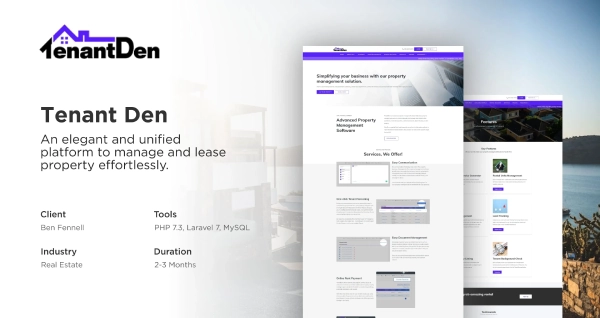
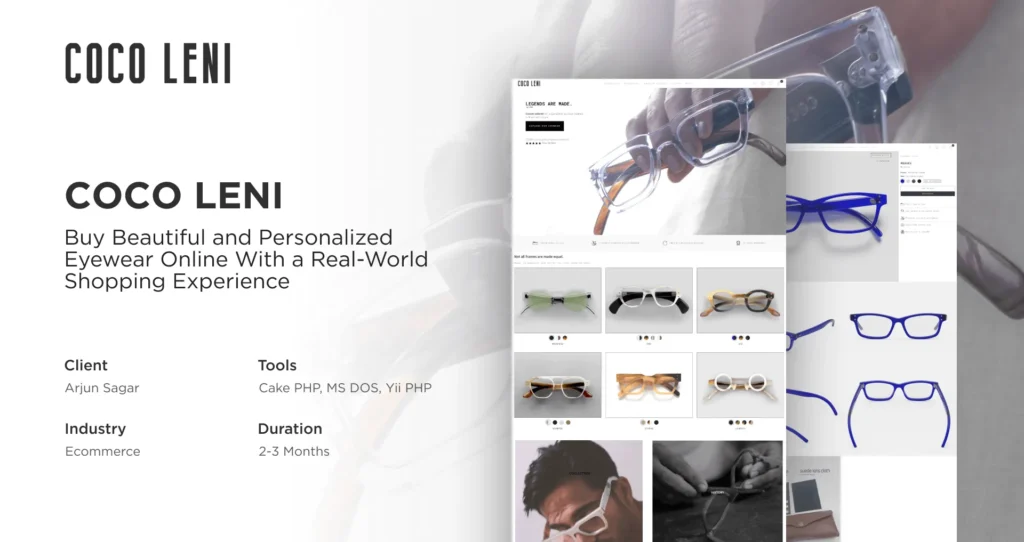

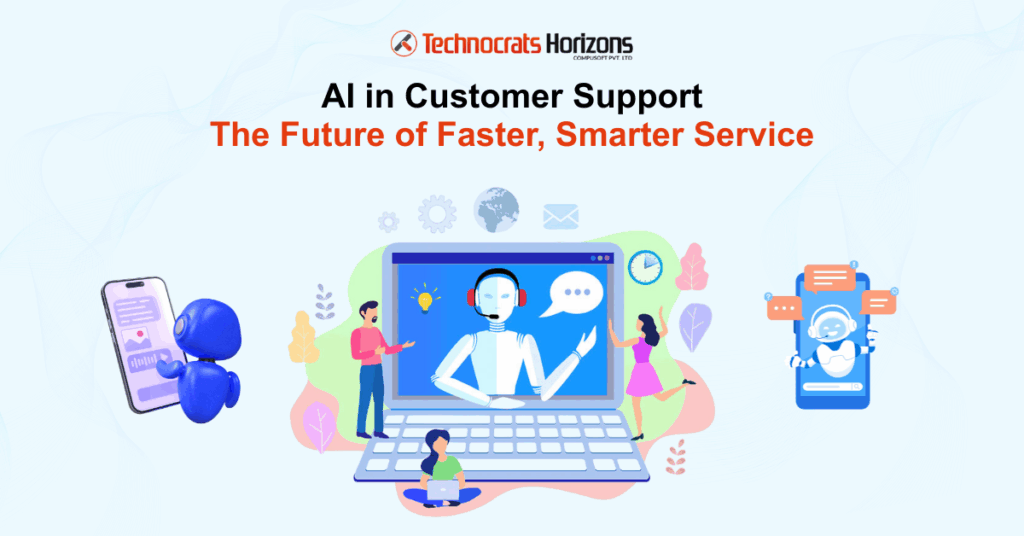


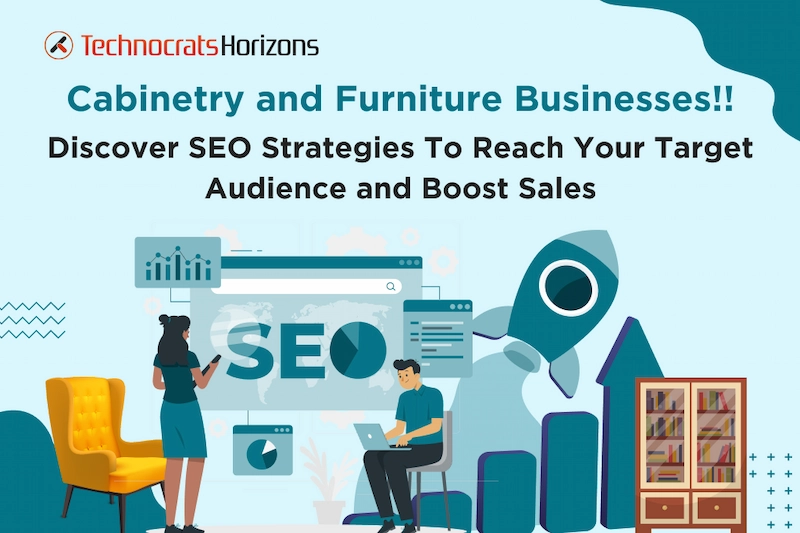
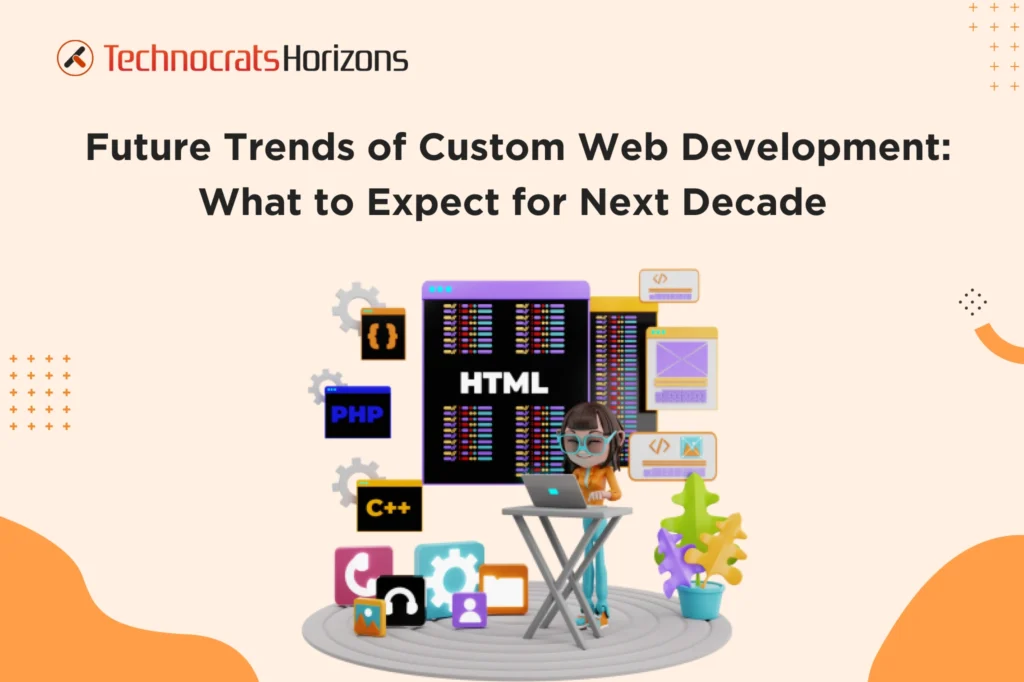

 Request a
Request a













